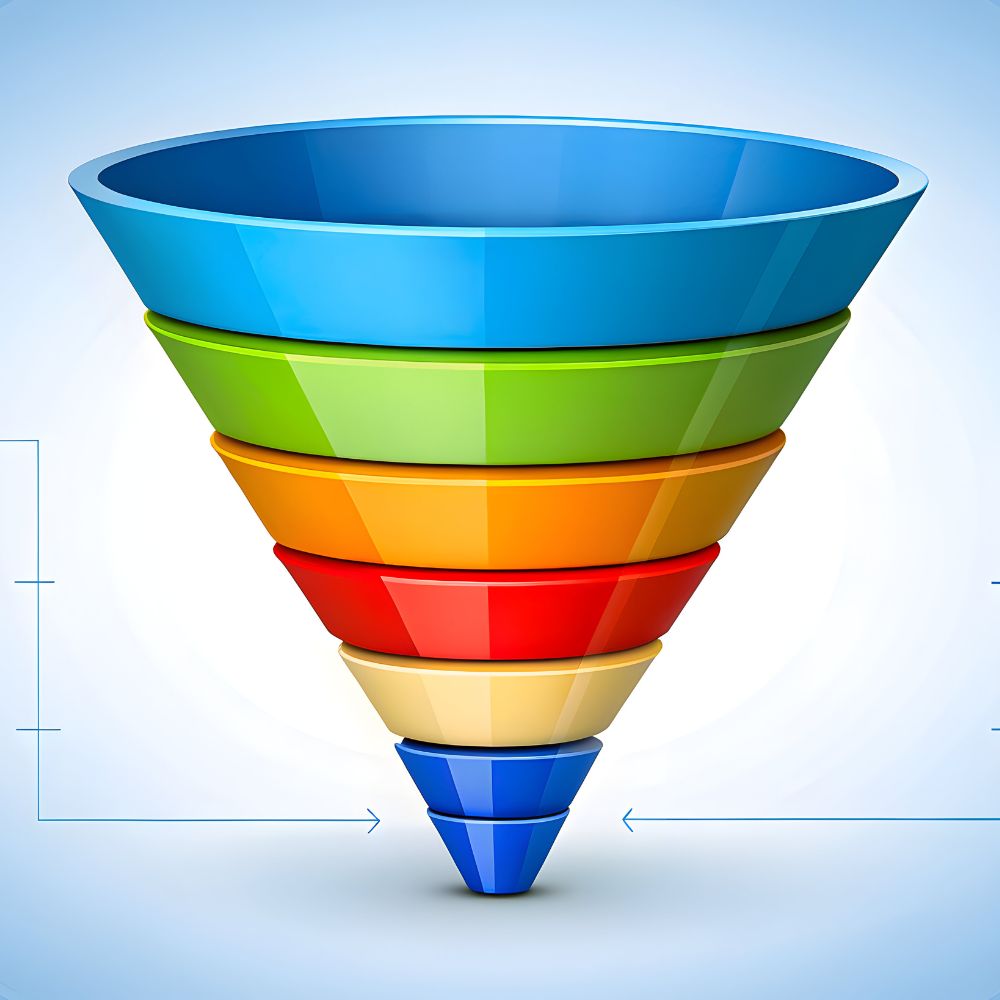Maximizing your B2B pipeline: Innovative paid dema

In the world of sales and marketing, the funnel is a crucial concept. It symbolizes the journey potential customers take from awareness to purchase – ideally, a smooth, seamless road. However, many businesses face a common challenge: a leaky funnel, where potential customers drop off before completing their journey. This blog will discuss effective strategies to fix leaks in your funnel and, importantly, retain more customers.
Understanding the Leaks
Before addressing how to fix leaks, it’s essential to identify where they may be occurring. Common areas of leakage in a sales funnel include:
- Awareness Stage: Are you reaching the right audience with your marketing efforts?
- Interest Stage: Is your messaging compelling enough to capture interest?
- Consideration Stage: Are potential customers finding the information they need to make a decision?
- Purchase Stage: Is the buying process user-friendly?
- Post-Purchase Stage: Are you nurturing relationships with customers after the sale?
Understanding these stages helps pinpoint where drop-offs happen.
Step 1: Analyze Customer Journey Data
The first step to fixing a leaky funnel is to analyze customer journey data. Use analytics tools to track where users exit your funnel. Examine metrics like conversion rates at each stage and user behavior patterns. A/B testing can help you gauge which changes impact engagement positively. Understanding the data will let you see if leaks occur due to a lack of interest, confusing processes, or ineffective messaging.
Step 2: Enhance Your Marketing Strategy
Once you've identified the leak points, it's time to enhance your marketing strategy. Tailor your advertisements and outreach efforts to ensure they resonate with your target audience. Consider the following:
- Content Quality: Invest in high-quality, informative content that addresses your audience's needs and positions you as a trusted authority.
- Targeting: Use advanced targeting techniques in your ads to better reach your ideal customers. Platform analytics can help refine your approach.
Step 3: Simplify the Purchase Process
A complex checkout process can deter potential buyers. Make this stage as seamless as possible. Streamline the user experience by reducing the number of steps to complete a purchase. Incorporate user-friendly payment options, provide clear instructions, and utilize trust signals (like reviews or money-back guarantees) to buttress consumer confidence.
Step 4: Implement Effective Retention Strategies
Once you’ve made the sale, don’t forget about customer retention. Focus on creating a great post-purchase experience. Here are some tactics:
- Follow-Up Communication: Send personalized thank-you emails, solicit feedback, or even offer a discount on a future purchase. This shows customers that you value their business.
- Loyalty Programs: Develop programs to reward repeat customers. These can include points for purchases, exclusive access to new products, or member discounts.
- Strong Customer Support: Offer robust support options to address any potential post-purchase concerns. Excellent customer service can turn a one-time buyer into a loyal advocate for your brand.
Step 5: Continuous Improvement
Finally, it’s essential to recognize that fixing a leaky funnel is an ongoing process. Regularly revisit your data, solicit customer feedback, and adapt to changing market conditions. This continual assessment will help you refine your strategies, ensuring that your funnel remains leak-free and your customer retention rates continue to rise.
Conclusion
A leaky sales funnel can hinder growth and decrease customer retention. By analyzing your funnel, enhancing your marketing strategy, simplifying the purchase process, implementing robust retention strategies, and committing to continuous improvement, you can effectively plug those holes. In today’s competitive landscape, retaining customers is just as crucial as acquiring new ones, making your funnel repair work vital for sustained success.